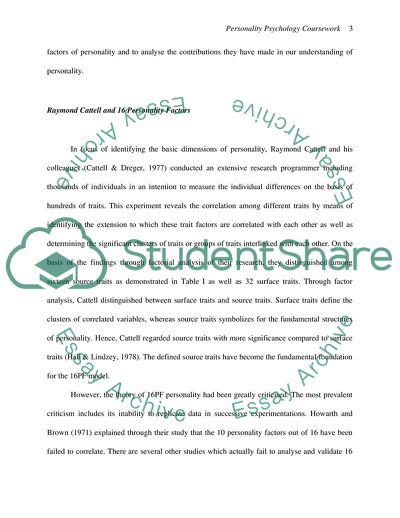Cite this document
(A Discussion Of Two Trait Theories And Their Contribution In Our Essay, n.d.)
A Discussion Of Two Trait Theories And Their Contribution In Our Essay. https://studentshare.org/psychology/1706782-personality-psychology-coursework
A Discussion Of Two Trait Theories And Their Contribution In Our Essay. https://studentshare.org/psychology/1706782-personality-psychology-coursework
(A Discussion Of Two Trait Theories And Their Contribution In Our Essay)
A Discussion Of Two Trait Theories And Their Contribution In Our Essay. https://studentshare.org/psychology/1706782-personality-psychology-coursework.
A Discussion Of Two Trait Theories And Their Contribution In Our Essay. https://studentshare.org/psychology/1706782-personality-psychology-coursework.
“A Discussion Of Two Trait Theories And Their Contribution In Our Essay”. https://studentshare.org/psychology/1706782-personality-psychology-coursework.


